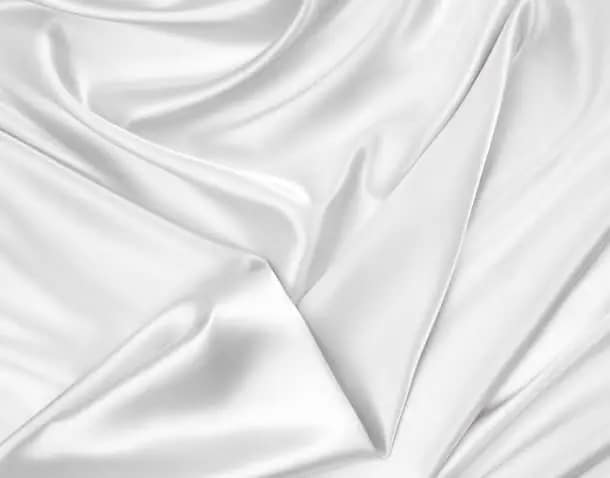Anti-stain soaping agent is used for aftersoaping agent for reactive dyeings and prints. It has affinity for the dyestuff and prevents bleeding into the white ground.
With the rapid development of social economy and the continuous improvement of people’s living standards, people pursue not only some conventional fabric properties such as fabric comfort, hand feel, moisture absorption and air permeability, but also the individual appearance, modeling and unique pattern of fabric is the standard pursued by modern fashion. Cotton fabric is widely favored by people because of its soft feel, comfortable wearing, pure nature, no irritation to skin, good moisture absorption and permeability.
Reactive dyes can be covalently bonded with cellulose fibers. Their color fastness is better than that of direct dyes. They are widely used in printing and dyeing cotton fabrics because of their simple dyeing process and complete chromatography. However, reactive dyes are easy to hydrolyze under high temperature and alkaline conditions to produce hydrolytic dyes. These hydrolytic dyes often adhere to the surface and pores of fibers, resulting in poor wet treatment fastness of fabrics, which affects the quality of products. Generally speaking, soaping treatment must be carried out after printing and dyeing with reactive dyes in order to remove floating color and prevent dyes from contaminating fabric 810 again. Therefore, the development of high-efficiency anti contamination soaps has become a more concerned issue in the printing and dyeing industry.

The traditional soaping agent can not effectively remove the floating color on the surface of the fabric, and has no anti stain performance, and there is a large number of bubbles in the soaping process. Maleic anhydride acrylic acid (MA-AA) copolymer has good dispersion, but its anti fouling performance and salt resistance are poor, resulting in poor soaping effect. Maleic anhydride acrylic acid N-vinylpyrrolidone (ma-aa-nvp) terpolymer has good performance of removing floating color and preventing contamination, but the cost of N-vinylpyrrolidone is too high 518, which seriously limits its market application. Therefore, it is urgent to develop an anti staining soaping agent with excellent performance, low cost and non-toxic side effects.
Reactive dyes are water-soluble reactive dyes, which are mainly used for dyeing cellulose fibers, protein fibers and polyamide fibers. Under appropriate conditions, the reactive groups in reactive dye molecules can react with the amino groups in wool and spandex structures and the warp groups in cotton fabrics to form covalent bonds. At this time, the dyes and fibers are combined through covalent bonds. 1. Reactive dyes are very easy to hydrolyze under the condition of high-temperature alkaline bath to produce hydrolyzed dyes, and these hydrolyzed dyes and additives in the dyeing bath will adhere to the dyed fabrics, thus affecting the fastness of the dyed fabrics. Therefore, after printing and dyeing cotton fabric with reactive dyes, soaping treatment must be carried out in order to remove floating color and prevent dyes from contaminating the fabric again.
Shandong zhongkang new material Co.,ltd just lauched a new products Anti-stain soaping agent DYA-2301,this product have several advantages: has affinity for the dyestuff;very high emulsifying and dispersing actionPrevents the formation of dyestuff agglomerates;sequesters hard water saltsImproves the wet and rub fastness properties of dyeings or prints;prevents the redeposition of removed dyestuffs,can Improved dye transfer inhibition and prevents bleeding into the white ground in most cases.

